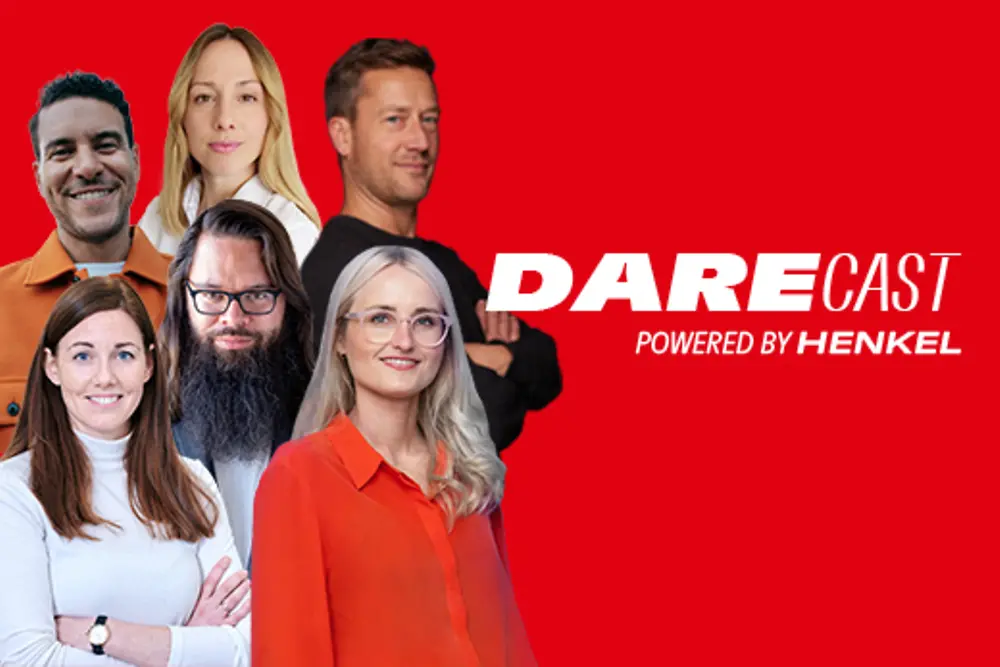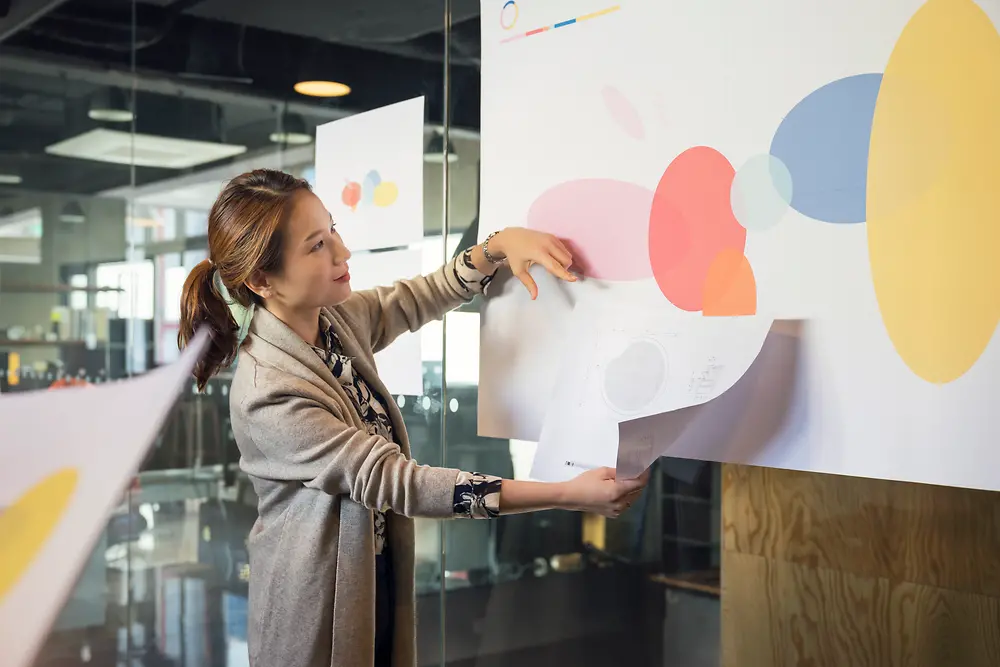Holger also attributes this to the fact that today's idea management has always moved with the times and has continuously evolved. Idea management is now built on three pillars. Suggestions for improvement from employees continue to play an important role. In other words, ideas on how to optimize operational procedures and processes, increase product quality, use resources effectively, or improve health and safety in the workplace. If a proposal is implemented and as a result creates a benefit, for example financial savings, the employees receive a bonus. "The greater the benefit for Henkel, the higher the bonus," explains Holger.
In addition, the team has been conducting campaigns for several years, specifically inviting employees in certain areas to submit suggestions on topics, such as optimizing processes in the production within a certain time period. Holger lists "ideation" as the third pillar. Here, the idea management team systematically supports the generation of ideas and finding of solutions in workshops – for example, with the help of innovative methods such as design thinking. "In our definition, suggestions for improvement start where there is already a solution in place. But for some topics, there is no solution yet," explains Holger. "This is where we want to develop new ideas together."
From design or future thinking, crowdsourcing to hackathons – there are many creative ways and innovation methods that can help employees find new solutions.
Essentially, the concept of design thinking is not to head straight for a solution, but to first understand the actual problem and to keep the needs of the users in mind from the very beginning. The workshop participants’ ideas are generated with the help of creativity techniques such as brainwriting. In the next step, the best ideas are implemented in the form of a prototype and finally tested by the users. Their feedback is used to further improve the solution – or, if necessary, to terminate the project early on. This can save time and resources.
Most proposals happen in the production-related sector
Whereas Peter Evertz submitted his proposal in writing 80 years ago, today employees can do so via an online tool. This tool acts as central hub and is used to submit, evaluate, and award entries and proposals. "The whole process is now much more transparent, objective, and efficient for everyone involved," explains Holger. For example, there is an automatic check for duplicates when submitting. "You enter your proposal along with a description text and you can immediately see if proposals on that topic already exist." This improves transparency for submitters. And where do most of the proposals come from? "At the moment, still from the production-related environment," explains Holger. But thanks to the ideation format, his team is also increasingly reaching employees from other areas.
Suggestions that in their essence can also be transferred to other units in the company are of high value for the idea managers. For example, a somewhat older suggestion – simple, but with a big impact for the entire company: Using lighter paper for cover letters, thus saving postage. Ultimately, the goal is for all employees to contribute with their ideas and for participation to pay off – and not just for the company. "Everyone benefits from new ideas," says Holger. One of the highest rewards has been paid out for the suggestion of a closed cooling circuit in production. The company was able to save a large sum annually as a result. Another example with a sustainability focus came in 1987 from a foreman at the Henkel printing plant. He was awarded a prize for the development of a special, material-saving cutting pattern to produce detergent cartons. Incidentally, Peter Evert's suggestion to make scrubbers and hand brushes from old rubber is also a great example of climate-conscious upcycling. "Ultimately, every suggestion pays into the issue of sustainability," says Holger. Whether it's making our processes faster, saving materials, water or energy, or making processes safer."













